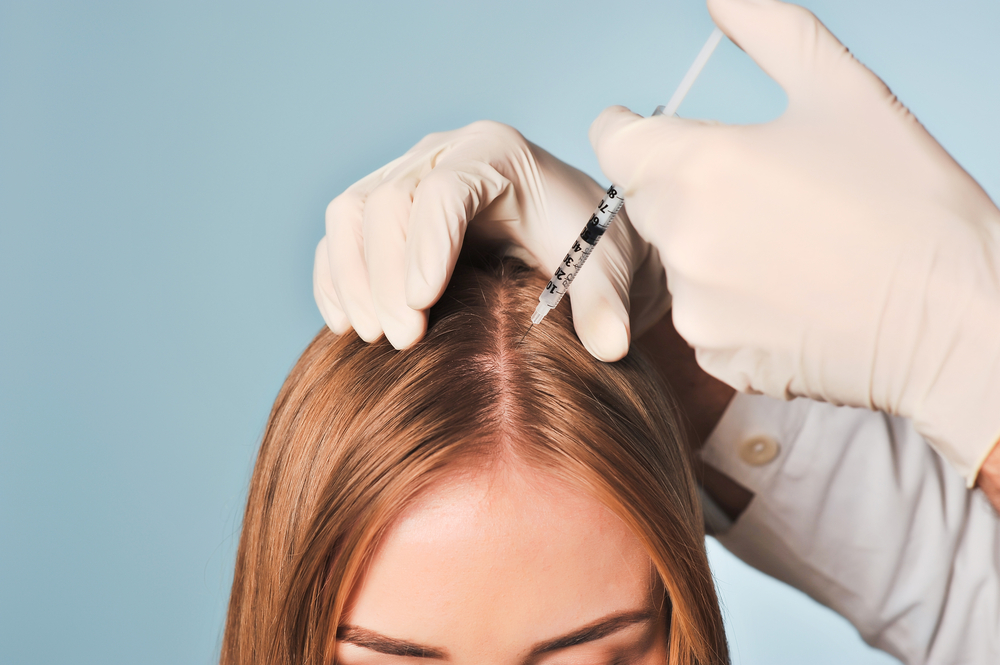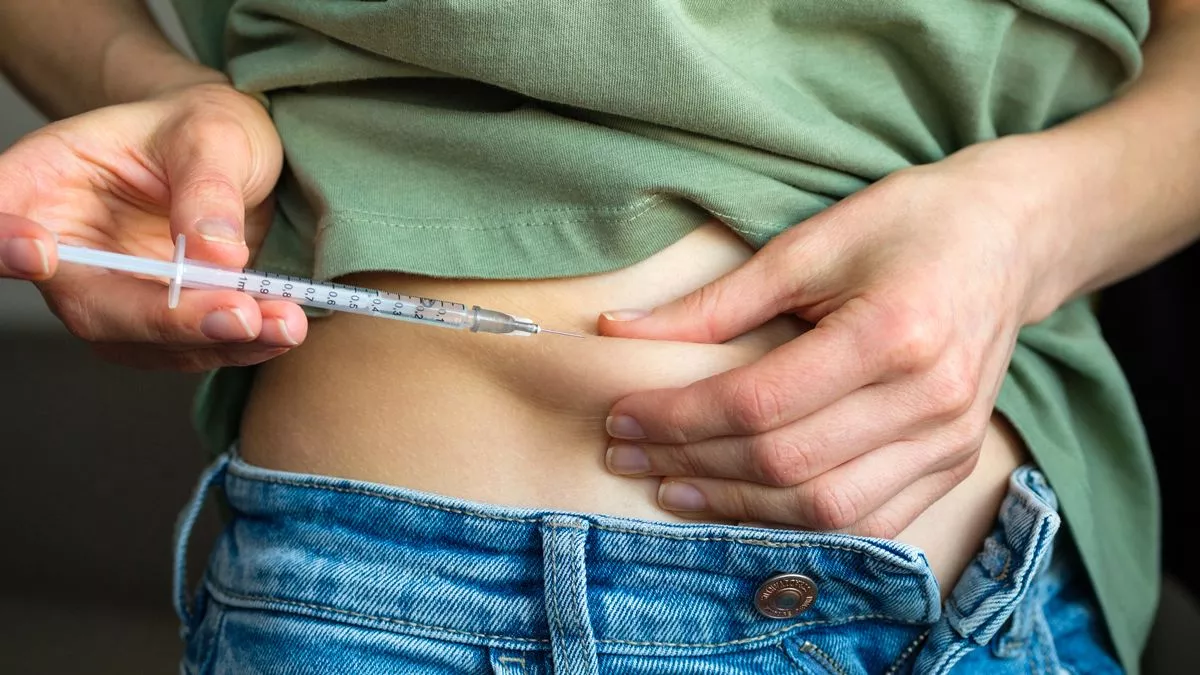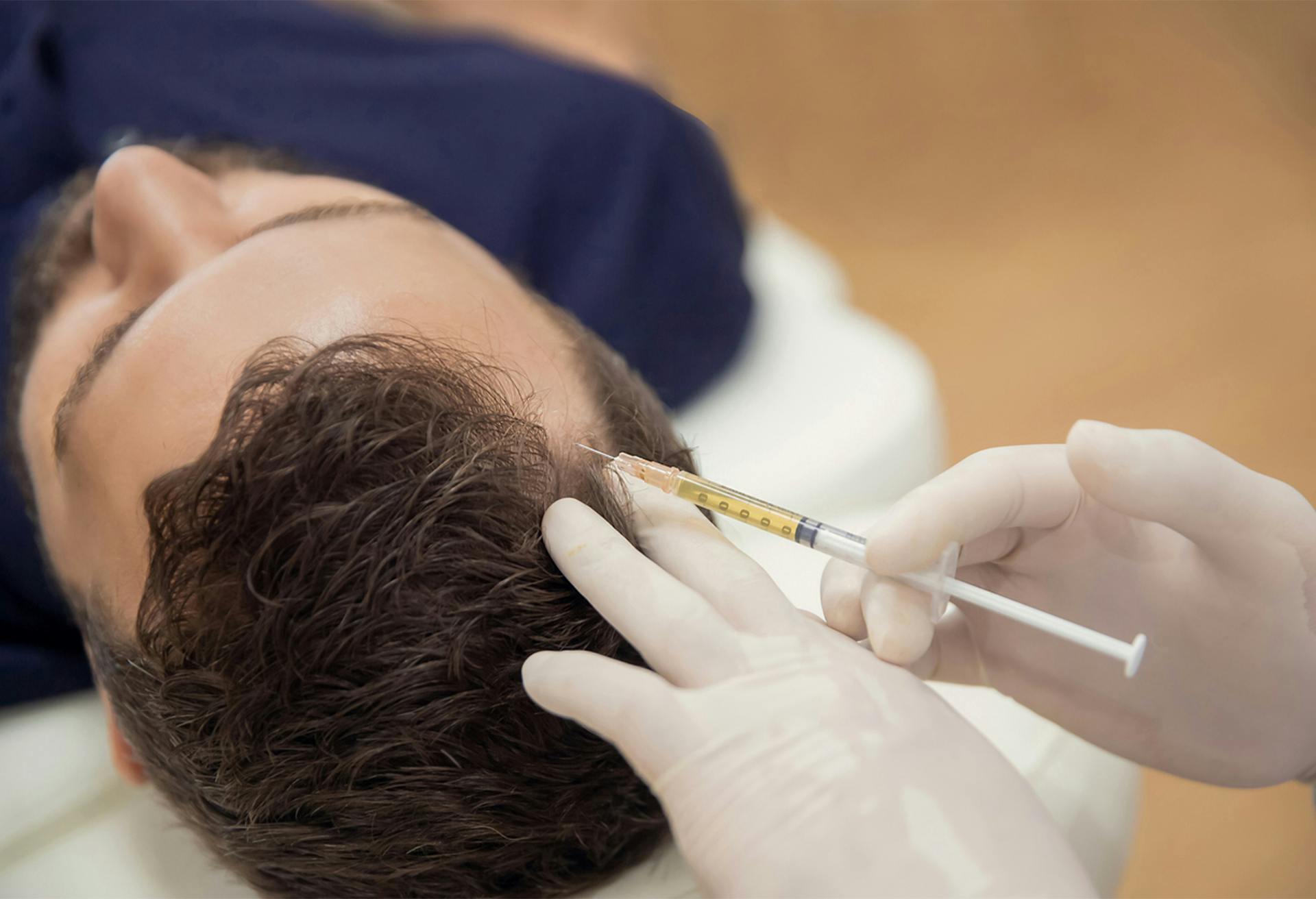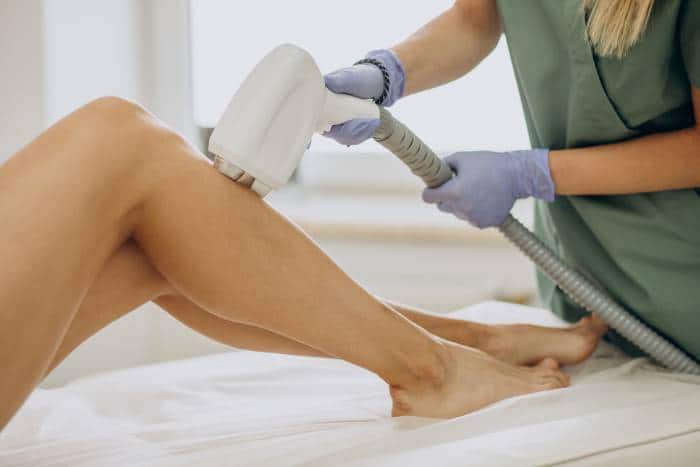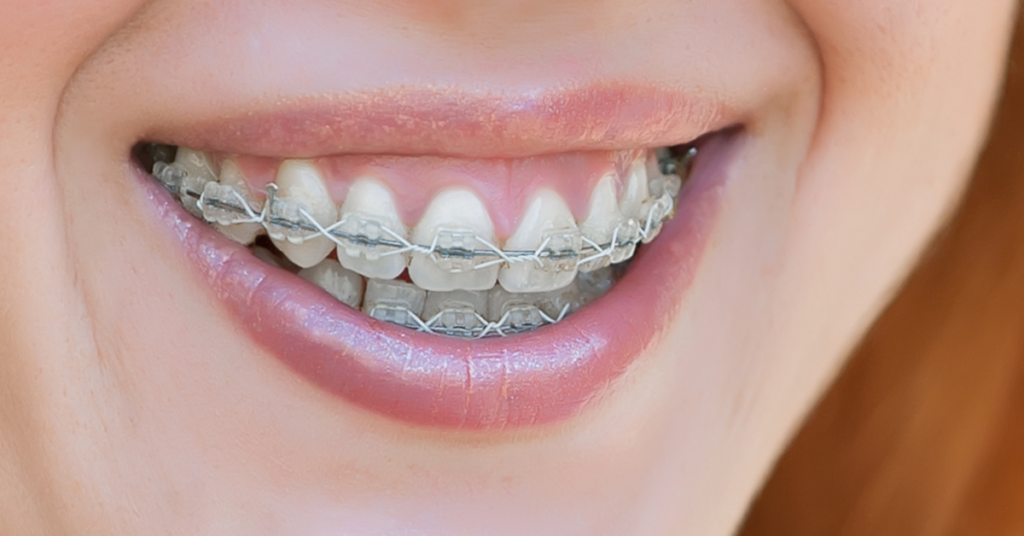 Automated Blog-to-Social Sharing – Publish Once. Appear Everywhere!
Automated Blog-to-Social Sharing – Publish Once. Appear Everywhere!
What Techniques Are Used for Dermal Fillers Injections?
Written by dynamic clinic » Updated on: June 17th, 2025

Dermal fillers are a popular choice for individuals looking to restore volume, smooth out wrinkles, or enhance facial features without undergoing surgery. This non-invasive treatment has become a staple in aesthetic medicine, offering patients the chance to achieve a youthful appearance through a simple injection process. Dermal fillers can be used to address a variety of skin concerns, from fine lines and sagging skin to hollow cheeks and thin lips. As the demand for Dermal Fillers Injections in Dubai continues to rise, it's essential to understand the various techniques employed by professionals to achieve optimal results.
In this article, we will explore the different methods and techniques used for dermal filler injections, providing an in-depth understanding of how these procedures are carried out and what factors influence the choice of technique.

1. The Basics of Dermal Fillers Injections
Dermal fillers are injectable substances designed to restore volume and fullness to the skin. They can be made from various materials, including hyaluronic acid, calcium hydroxylapatite, poly-L-lactic acid, and autologous fat. These materials help to fill in wrinkles, restore facial volume lost due to aging, and enhance facial contours.
The process involves the careful injection of the filler into specific areas of the face, depending on the desired outcome. The injection is typically quick, minimally painful, and requires little to no downtime. However, achieving the best results depends heavily on the technique used during the procedure.
2. Techniques for Dermal Fillers Injections
There are several techniques that practitioners may use to inject dermal fillers, each suited for different goals and areas of the face. The most commonly used techniques include linear threading, bolus injection, and serial puncture.
2.1. Linear Threading Technique
The linear threading technique is one of the most frequently used methods for dermal fillers injections. In this technique, the injector inserts the needle at one point and threads it along the area that needs to be treated. The filler is deposited slowly as the needle moves along the tissue, ensuring a smooth and even distribution of the filler.
This technique is commonly used for areas with fine lines or where the skin requires subtle volume restoration. It works well for treating nasolabial folds (the lines running from the nose to the mouth), crow’s feet, and forehead lines. The linear threading technique allows for precise control over the amount of filler injected and ensures a natural look.
2.2. Bolus Injection Technique
The bolus injection technique involves injecting a larger amount of dermal filler into one location, creating a "bolus" of filler in the target area. This method is often used when a more significant volume of filler is needed to achieve the desired result, such as lifting and sculpting areas like the cheeks or chin.
In this technique, the injector may make multiple injections in a single session to create a more prominent effect. It is commonly used for treating deeper wrinkles or hollows in the face, where subtlety is less of a concern.
2.3. Serial Puncture Technique
The serial puncture technique involves making several small injections into the treatment area. Each injection is typically spaced a few millimeters apart to distribute the filler more evenly across the skin. This technique is ideal for areas that require more extensive treatment, such as the lower face, jawline, or the under-eye area.
The benefit of the serial puncture technique is that it provides a more controlled, evenly spread distribution of the filler. It can help to improve skin texture and smoothness by filling in multiple layers of the skin, particularly in areas prone to deeper lines or volume loss.
2.4. Cross-Hatching Technique
The cross-hatching technique is often used to achieve a more even and symmetrical distribution of dermal fillers. In this method, the injector creates a crisscross pattern of injections in the targeted area, ensuring that the filler is distributed in multiple directions.
This technique is ideal for treating areas with deep lines or volume loss, such as the nasolabial folds, chin, or cheekbones. By layering the filler in multiple directions, the cross-hatching technique helps to create a fuller, more natural appearance.
2.5. Microcannula Technique
Instead of using a traditional needle, the microcannula technique uses a blunt-tipped, flexible cannula to inject the dermal filler. The cannula is typically inserted through a small entry point, and the filler is then gently injected beneath the skin.
This technique is favored for its ability to reduce the risk of bruising and swelling, as it minimizes tissue trauma. The microcannula can be used in areas where precision is crucial, such as around the eyes or lips. The technique is also more comfortable for the patient since it requires fewer injection sites.
2.6. Thread Lift Technique
While not technically a dermal filler injection, the thread lift technique is sometimes combined with dermal fillers to enhance facial contours. Thread lifts involve inserting threads made of absorbable materials into the skin, which are then pulled to lift and tighten sagging areas.
In combination with dermal fillers, the thread lift technique can address both volume loss and skin laxity. This technique is often used for patients with more significant signs of aging who need a lift in addition to volume restoration.
3. Factors Influencing the Choice of Technique
The technique used for dermal fillers injections depends on several factors, including the patient's age, skin type, desired results, and the area being treated. Here are some of the key considerations that influence the choice of technique:
3.1. Area of Treatment
Different areas of the face may require different techniques based on the level of volume loss or wrinkles present. For example, the cheeks and chin often require bolus injections to create a more significant volume change, while areas like the under-eyes or lips may benefit from a linear threading or microcannula technique for more subtle results.
3.2. Desired Result
The desired outcome plays a crucial role in determining the technique. If a patient is looking for subtle enhancements, techniques like linear threading or serial puncture may be used to add gradual volume and smooth out fine lines. For more dramatic changes, bolus injections or cross-hatching may be better suited.
3.3. Skin Type and Condition
The texture and elasticity of the skin can influence the choice of injection technique. For example, patients with thinner skin or those in need of more delicate work may benefit from techniques that cause minimal disruption, like the microcannula method. Conversely, patients with thicker skin may tolerate more aggressive techniques like bolus injections.
3.4. Practitioner Skill and Experience
The skill and experience of the injector also impact the choice of technique. Highly experienced practitioners may opt for more advanced methods like cross-hatching or thread lifting, while less invasive techniques like linear threading or microcannulas may be preferred by those newer to dermal filler treatments.
4. The Injection Process
Regardless of the technique used, the injection process typically follows a similar pattern:
Consultation and Assessment: The practitioner will first assess the patient's face and discuss their goals, expectations, and medical history to determine the best treatment plan.
Preparation: The treatment area will be cleaned and may be numbed with a topical anesthetic to minimize discomfort during the procedure.
Injection: The dermal filler is injected into the targeted area using the chosen technique. The practitioner may massage the area to ensure even distribution.
Aftercare: After the procedure, patients are typically advised to avoid touching or massaging the treated area for a few hours and may experience some swelling or redness. These effects generally subside within a few days.
5. Conclusion
Dermal fillers injections are a versatile and effective treatment for addressing a variety of skin concerns. The choice of technique depends on the patient's specific needs and the areas being treated. Whether using linear threading for fine lines, bolus injections for significant volume restoration, or the microcannula technique for less bruising, there is a method suited for every patient.
Understanding the different techniques used for dermal fillers injections can help individuals make informed decisions when considering this treatment. A skilled practitioner will tailor the approach to suit the unique needs of each patient, ensuring the best possible results.
Note: IndiBlogHub features both user-submitted and editorial content. We do not verify third-party contributions. Read our Disclaimer and Privacy Policyfor details.
Copyright © 2019-2025 IndiBlogHub.com. All rights reserved. Hosted on DigitalOcean for fast, reliable performance.



